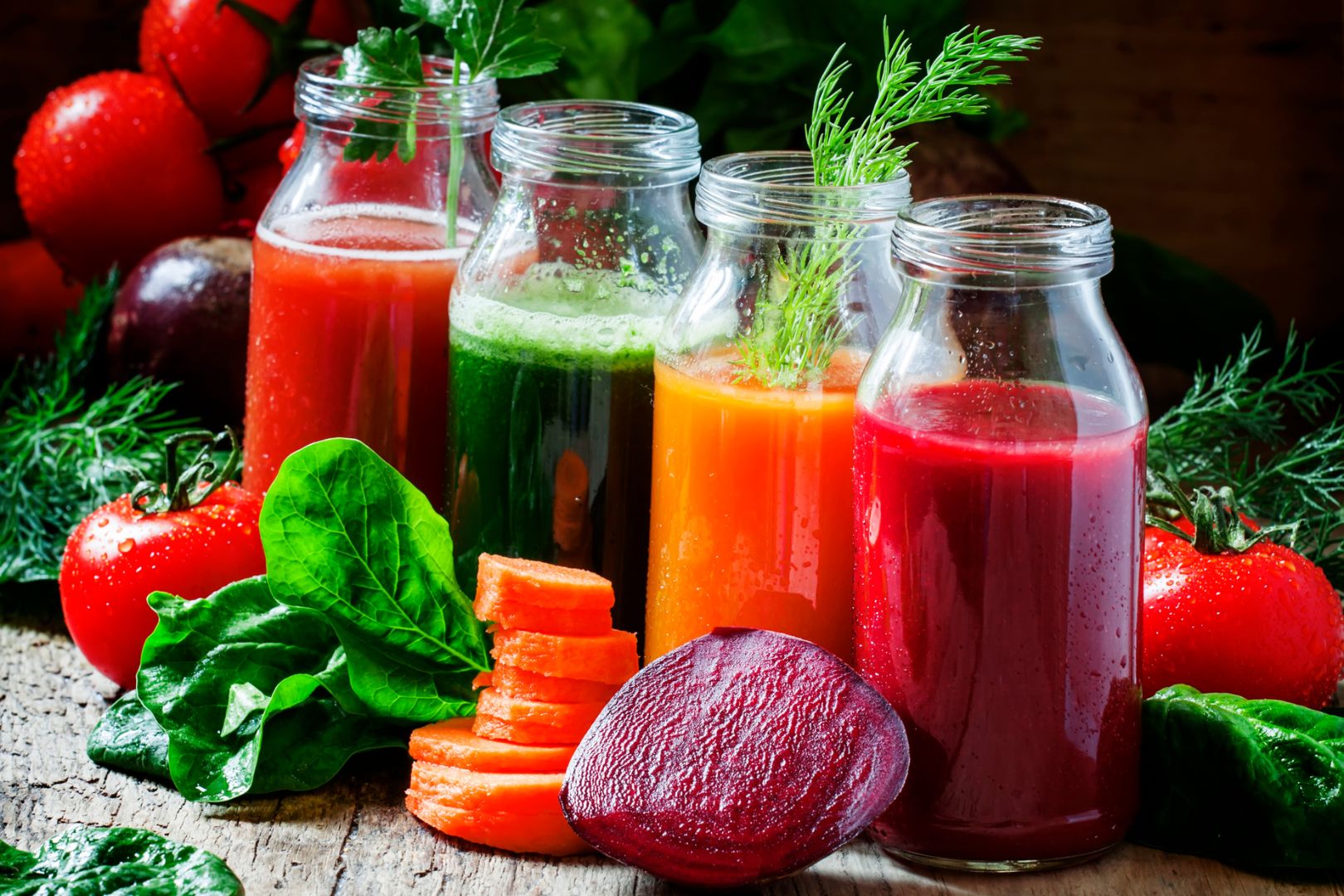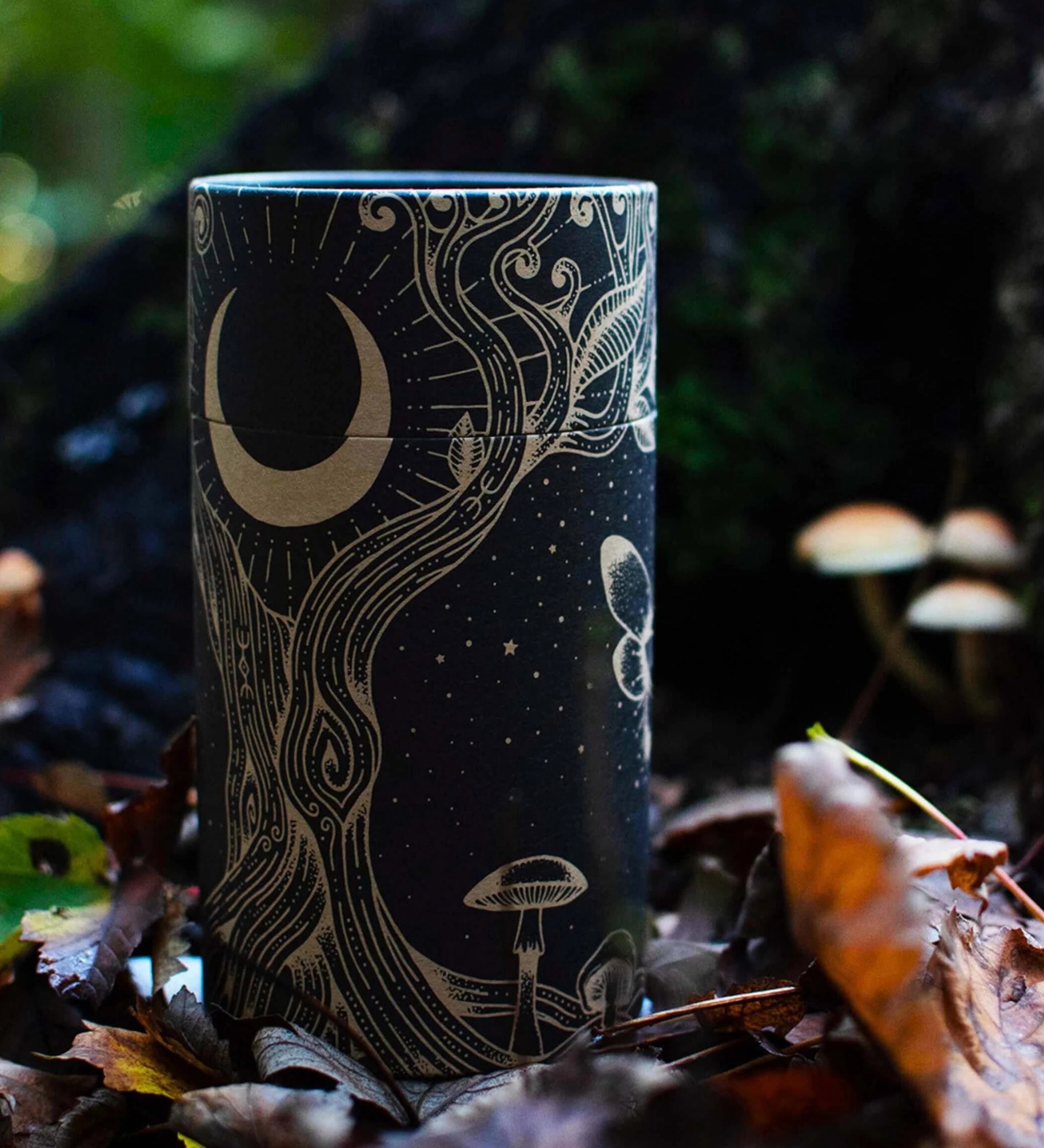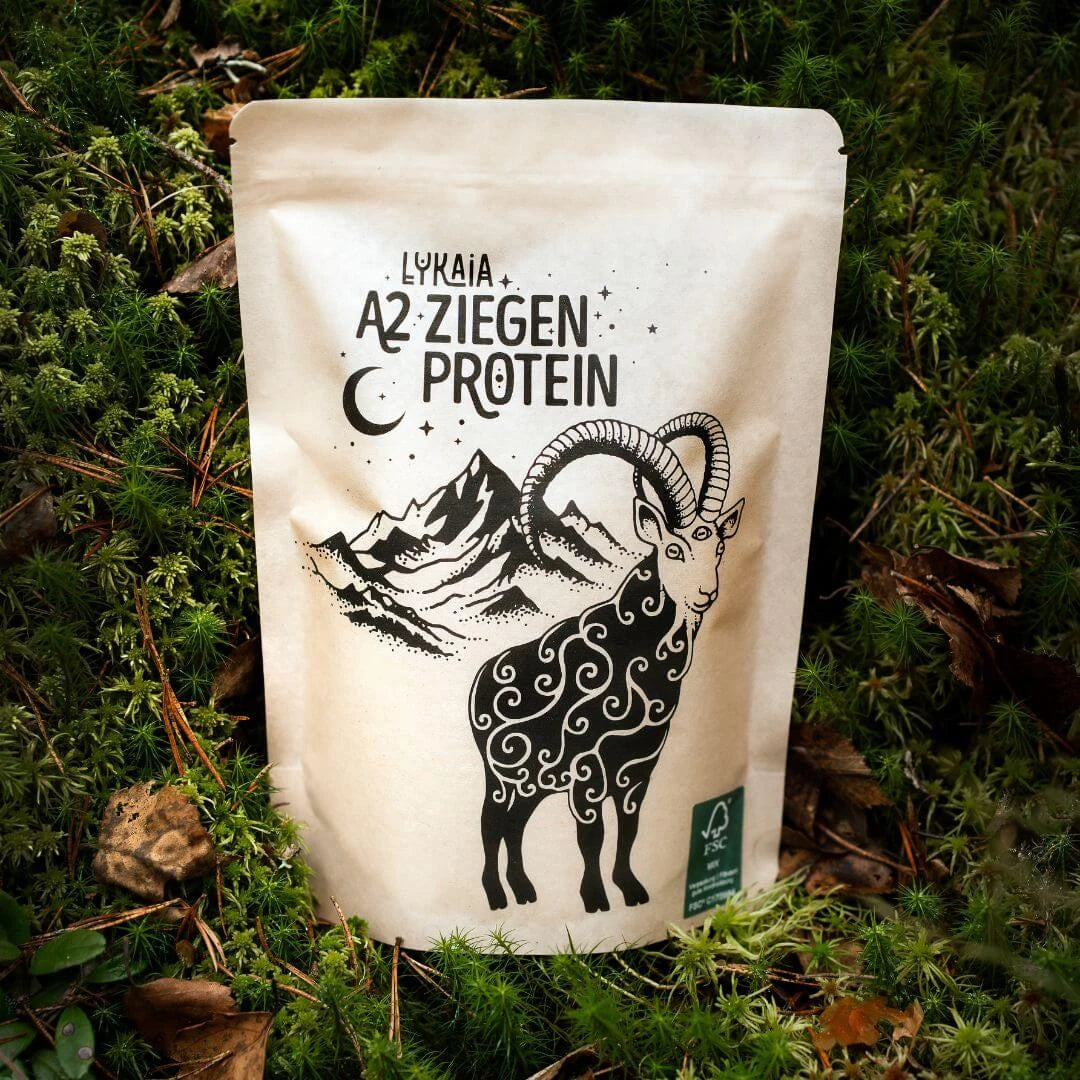Solid fruit beats juice: Why you should forget about juice fasting!

written by Robin Dören
It's almost that time again: the summer months are just around the corner and the supermarkets are slowly filling up with fresh fruit and vegetables again. Smoothies and juices are also at the top of the menu for many people.
Today, however, I'll tell you why eating whole fruits has been proven to have many more benefits for your health than drinking juices or smoothies (but you still don't have to give them up).
Does a juicer make sense?
Juice fasting, anyone? You've probably heard of various juice and smoothie cures or seen the ultra-expensive juicers on Instagram that are being sold on every corner.

They are advertised as “slow juicers” in order not to destroy the valuable components of the juice. Juice fasting and detox cleanses are all the rage. But: Your beloved celery juice has far fewer advantages compared to its solid form.
I used to work in a smoothie and juice stand while studying and saw how much fruit it took to fill a glass with the juicer. Juicing will not only make you poor in the long run but is also quite a waste from a health perspective. That's why today I'm giving you a real biohacking tip that is as simple as it is cheap:
Eat normal fruit in its normal form.
Sounds unspectacular?
In this article I'll show you why solid fruit beats any juice or smoothie by far.
The incretin effect simply explained: importance for insulin production and blood sugar levels
Research on this topic was sparked by the so-called incretin effect. This shows that intravenous glucose administration directly into the blood does not cause insulin levels to rise as much as oral administration. This means that your blood sugar levels rise less when the glucose is absorbed through the mouth and intestines. This is due to special intestinal hormones, especially glucagon-like peptide-1 , or GLP-1 for short.
Simply chewing and stimulating saliva sends signals to the intestines that stimulate the release of the GLP-1 hormone.
What does GLP-1 do?
We already know GLP-1 from our article about glycine . GLP-1 (Glucagon-like Peptide 1) is a hormone that plays an important role in regulating blood sugar levels and metabolism in the body. It is produced in the intestines and released into the bloodstream in response to food intake. GLP-1 stimulates the release of insulin from the pancreas, which helps lower blood sugar levels. It also slows gastric emptying, which helps reduce appetite and promotes satiety.
GLP-1 also has other positive effects on the body, such as promoting the growth and survival of pancreatic beta cells (which produce insulin), improving glucose tolerance, and reducing inflammation in the body. GLP-1 is the target of pharmacological interventions in the treatment of type 2 diabetes, and drugs that mimic or enhance its effects have been developed and are used clinically to treat diabetes.
And here we are back in modern society:
Medications are administered that are designed to mimic a completely natural process in the body so that the patient can continue the lifestyle that previously gave them diabetes. It can be as simple as biting into a piece of fruit instead of drinking liters of pasteurized fruit juice.
I observe a similar phenomenon in my father, who is no longer supposed to eat kale due to various blood thinning medications. Because it further thins the blood . Numerous health benefits are foregone here. I realize that I am exaggerating this a bit and that you cannot adjust kale as finely as medication. Still, this should make you think!
Solid fruit beats juice
In 2021, the Journal of Diabetes Investigation, a bimonthly peer-reviewed medical journal dedicated to the study of diabetes, published a study that took a closer look at the effects of solid fruit. The following diagram can be found there:
On the left side of the diagram you can see all sorts of benefits of solid fruit:
- More important fiber such as pectin
- A positive effect on the intestinal flora
- a lower fructose intake
- better saturation
- improved insulin sensitivity
On the right, however, you can only see one advantage of consuming juice: the flavonoids they contain and their antioxidant effect.
But the flavonoids are mainly found in the outer layers of the plants.
When juicing, only 10% of the flavonoids remain in the juice, the remaining portion remains in the press residue. In the juice you exchange a reduced amount of flavonoids for significantly more fructose. Not a good deal! This is another plus point for chewing solid fruit.

Nice side effect: dental health is also promoted by the abrasion and grinding. It's not for nothing that the absolute standard dentist photo for beautiful teeth usually always involves an apple being bitten into firmly.
Want something refreshing?
If you still want refreshing, homemade, beautifully garnished drinks, then try kombucha or water kefir. These drinks provide you with positive intestinal bacteria without any severe blood sugar spikes.

Should I avoid juice and smoothies completely?
Of course not.
For example, one of my favorite hacks is beetroot juice. The German Institute for Sports Nutrition writes:
"Beetroot is particularly rich in nitrate . Due to its high content of B vitamins (B1, B2, B6, folic acid) and minerals such as potassium and iron , it is a top food for athletes. The nitrate in beetroot increases blood levels in the human body Nitric oxide levels (NO) and can thus lead to a strengthening of muscle contraction, an increase in gas exchange and an improvement in blood flow . The regeneration of the cell's power plants , the mitochondria, is also promoted."
Nitrogen is also the most important substance for vascular health, as it controls their contraction and expansion and protects against arteriosclerosis. However, eating beetroot in its solid form is often simply impractical. Drinking some beetroot juice before exercise can be a very useful way to give you a performance boost.
We often have smoothie recipes here and like to drink one ourselves. At least all the components of the fruit are still contained here, even if they have been crushed so much that chewing no longer produces an effect.
Nevertheless, it also brings variety to your diet and it simply puts you in a good mood to drink a nice, fresh mint smoothie. This is more about the extreme versions, such as juice fasting and detox treatments.
Aren’t detox treatments useful?
There is no scientific evidence that detoxes are necessary or even beneficial for everyone. The term "detox" generally refers to the process of detoxifying the body from harmful substances absorbed through food, air pollution, alcohol and other environmental factors. To do this, our body has developed complex and efficient systems that, depending on the DNA, function entirely on their own.
However, there is some evidence of the accumulation of heavy metals in the body, which could be eliminated, for example, by N-acetylcysteine or some types of algae . The body cannot get rid of some of these heavy metals itself so easily and only over a long period of time.
The body's detoxification mechanisms could also be limited with the so-called "MTHFR mutation". This is due to an inefficient methylation cycle in the body. However, no smoothie will help here, only taking B vitamins in their methylated form. But more on that in a separate blog article! Feel free to write us a comment if you would like to know more about it.
Conclusion:
In summary, eating fruit reduces the risk of type 2 diabetes. This finding is also useful for healthy people, because eating fruit is associated with lower fructose consumption in terms of volume alone, which has no influence on circulating glucose concentrations. The fiber from solid fruit also prevents postprandial hyperglycemia (postprandial = after eating; hyperglycemia = increased blood sugar levels). Most of the processes that occur when chewing and digesting solid fruit have a beneficial effect on type 2 diabetes.
Sources:
-
https://www.ncbi.nlm.nih.gov/pmc/articles/PMC8504907/
Eating whole fruit, not drinking fruit juice, may reduce the risk of type 2 diabetes mellitus
-
https://pubmed.ncbi.nlm.nih.gov/4082467/
N-Acetylcysteine therapy of acute heavy metal poisoning in mice
-
https://www.ncbi.nlm.nih.gov/pmc/articles/PMC2788181/
Effect of Chlorella vulgaris intake on cadmium detoxification in rats fed cadmium
-
https://academic.oup.com/jn/article/150/3/434/5621517
Intake of Watermelon or Its Byproducts Ages Glucose Metabolism, the Microbiome, and Hepatic Proinflammatory Metabolites in High-Fat–Fed Male C57BL/6 J Mice
0 comments






